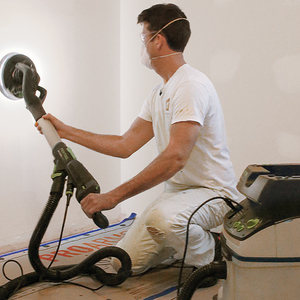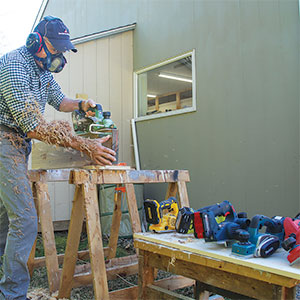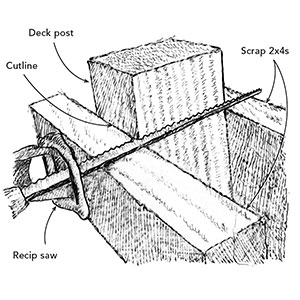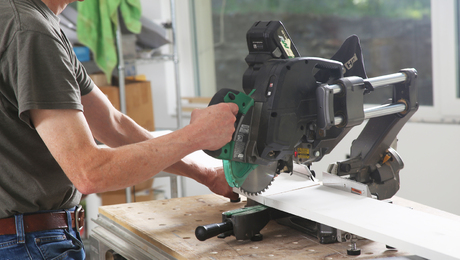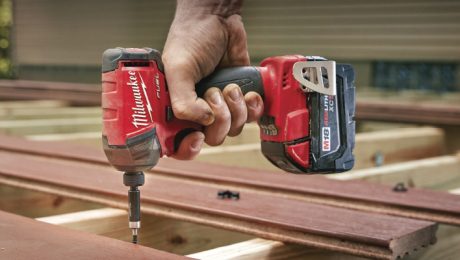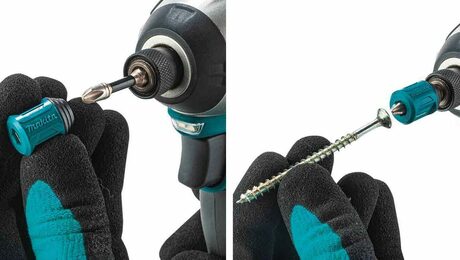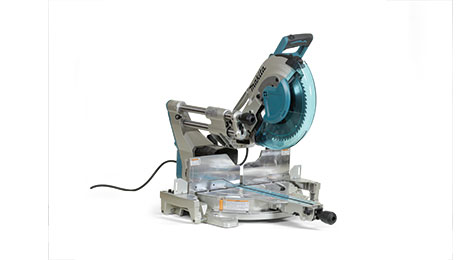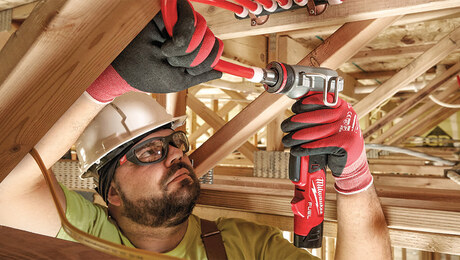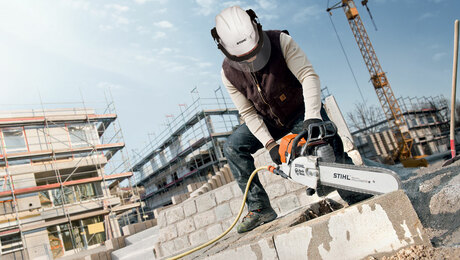Tool Test: 18-Gauge Brad Nailers
Now able to shoot 2-in. nails, these small tools are more versatile than ever.
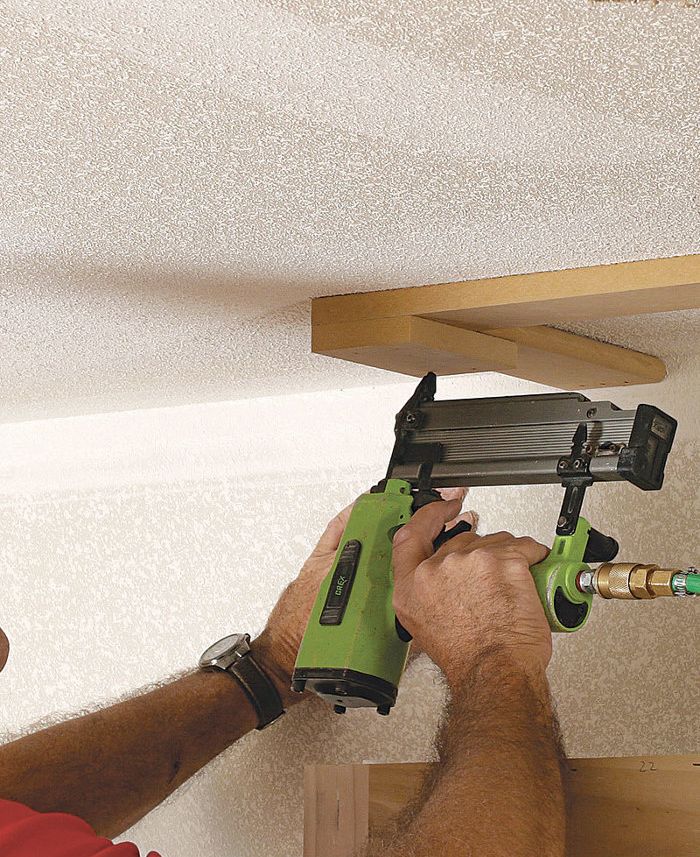
Synopsis: This Tool Test, “18-Gauge Brad Nailers,” by Kit Camp, looks at how these small tools, now able to shoot 2-in. nails, are more versatile than ever. For this review, Camp focused on 14 tools that accept 2-in.-long nails. Using 2-in. nails is standard for a lot of common tasks, such as nailing the outer edges of casing, and fastening baseboard and crown molding. He tested these nailers by using them daily in his work as a finish carpenter. The Cadex CB18.50 was his choice for best overall nailer, and the Bostitch BT1855 and the Makita AF505 were tied for the best value.
New carpenters used to be told to purchase a 15-ga. or 16-ga. model as their first finish nailer, but now that most 18-ga. models can shoot a 2-in. nail, the smaller and less-expensive brad nailer has become a great all-around choice for trim. Short of hanging doors or installing heavy trim, many carpenters use brad nailers for nearly every finish-carpentry task. Besides being versatile, 18-ga. nailers leave a much smaller hole than 15-ga. and 16-ga. nailers, which is better for stain-grade work and will have the painters that follow you singing your praises.
Both of the 18-ga. brad nailers I use regularly are older models that have been unavailable for years. One of them shoots nails only up to 1 1⁄4 in. long. It’s great for delicate work but not a good all-arounder.
For this review, I focused on 14 tools that accept 2-in.-long nails. Using 2-in. nails is standard for a lot of common tasks, such as nailing the outer edges of casing, and fastening baseboard and crown molding. I tested these nailers by using them daily in my work as a finish carpenter. I loaded all the tools into a milk crate and pulled two or three out at the beginning of each day, connecting them to a small trim compressor set at 100 psi.
I used these tools for jobs that are pretty typical for 18-ga. nailers: installing door and window casing, baseboard, and cabinet crown. I also tested them in my shop, firing rack after rack of 2-in. and 1 5⁄8-in. nails into salvaged, old-growth fir offcuts from a remodeling job. To test power, I fired 2-in. nails into blocks made from three layers of 3⁄4-in. Baltic-birch plywood. All of the tools performed well. Interestingly, I didn’t have a single jam during the entire testing period, which speaks well to the overall quality of this group of tools.
The 14 nailers I tested have a host of features that weren’t common eight or 10 years ago. Many now have rear exhaust. Those that don’t instead have rotating, top-mounted exhausts, so you can direct the blast of air away from your face and from accumulated drywall dust. Almost all of the nailers have a belt hook so that they can be hung from your tool belt or ladder when you need two hands to position the work.
Many models also have a quick-release nose, which allows you to clear jams quickly without tools. All feature depth-of-drive adjustment to keep hole size to a minimum. I found that all of the depth-of-drive adjustments work pretty well, but some get smoother and easier to adjust with time.
All of these nailers feature side-loading magazines. They’re about evenly split between composite-plastic and metal construction. I don’t really have a horse in this specific race. Of the nailers I own and use every day, all of which have shot countless numbers of nails, three have metal magazines and three have composite.
For more photos and details, click the View PDF button below:


